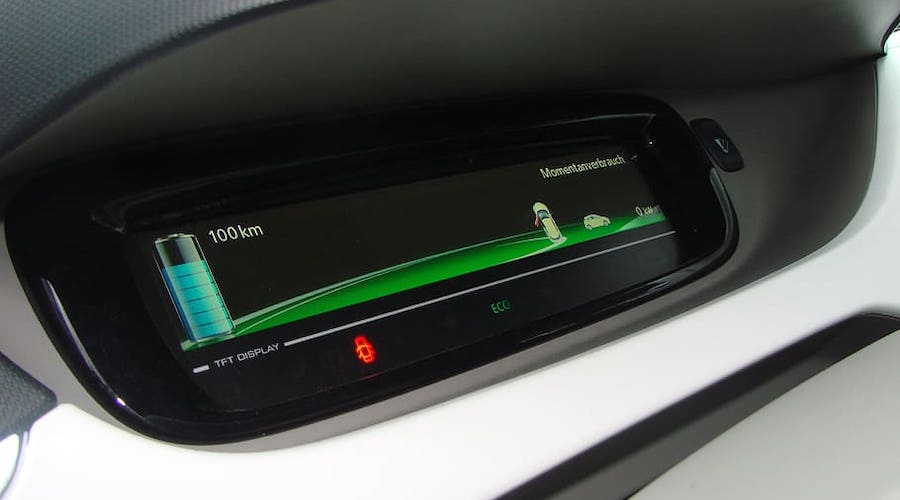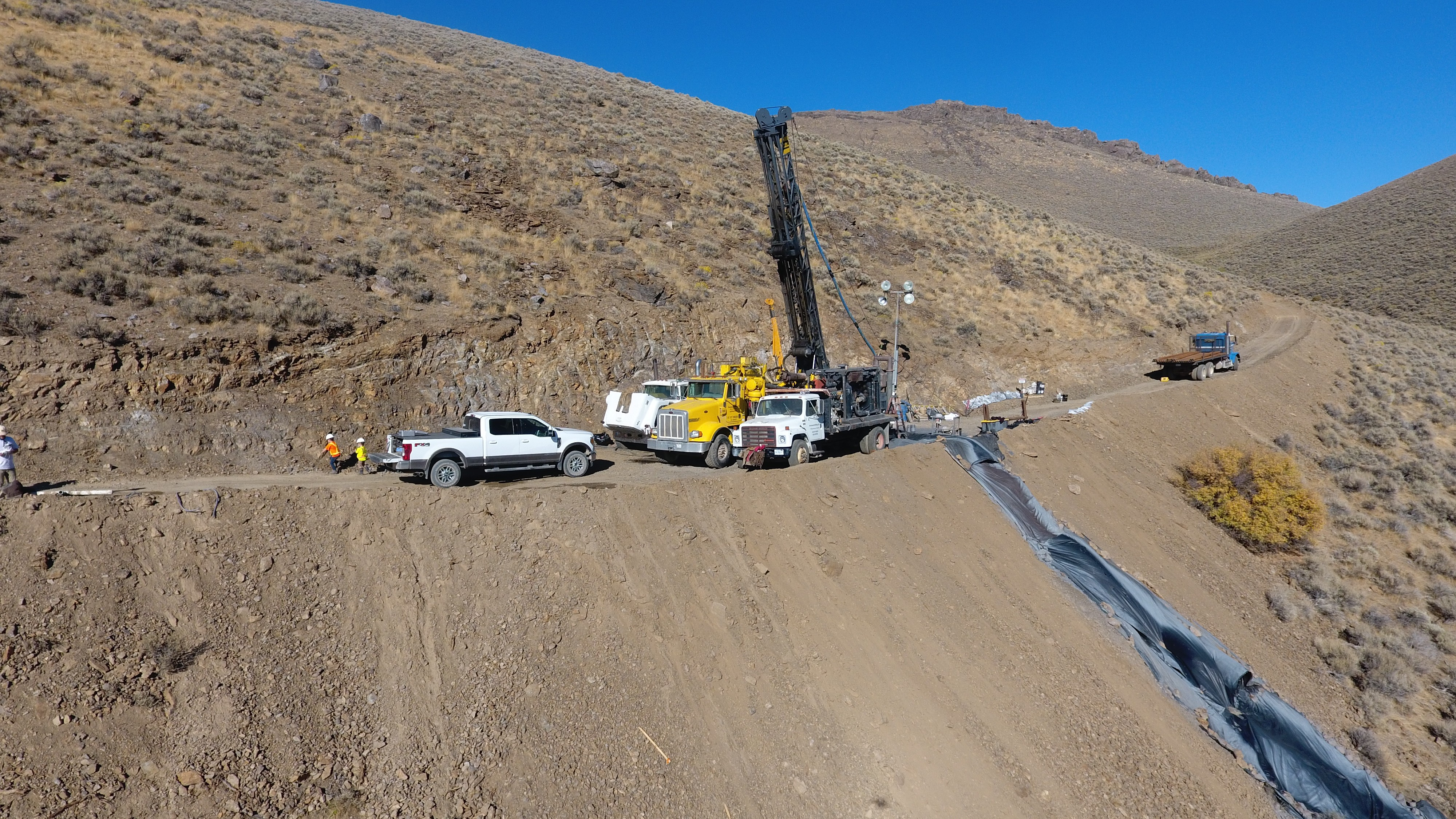The scientist said that others in academia expect additional cost potentials compared to today, especially through advanced battery materials such as high-energy and high-voltage cathode materials. In fact, 12 technology-specific forecast ranges indicate cost potentials below $90/kWh for advanced lithium-ion and $70/kWh for lithium-metal-based batteries.
Further, his review shows that post-lithium-ion technologies, which are not yet commercialized, have the potential to become economically competitive.
The methodology
Mauler and his colleagues’ paper, which appeared in the journal Energy & Environmental Science, is based on assumptions from more than 50 scientific publications that analyze the costs of lithium-ion, solid-state, lithium-sulphur and lithium-air batteries. The resulting costs from these sources were compared and the academic opinion consolidated into a cost trend.
Depending on the research question of the examined publications, different drivers of battery costs were included in the assessment. Among the criteria considered are battery production process, plant location and size, and raw material price scenarios.
The goal behind the study was to bring transparency to assess forecast results in a qualified manner. A secondary objective was to develop a navigator that allows researchers to quickly find suitable studies and better understand interdependencies.
Challenges remain, however, as the researchers found high uncertainty in the level of forecasted values on chronological and technological levels. In their view, this uncertainty reflects different assumptions or beliefs regarding market expectations, material prices, and technological specifications underlying each of the examined studies.




